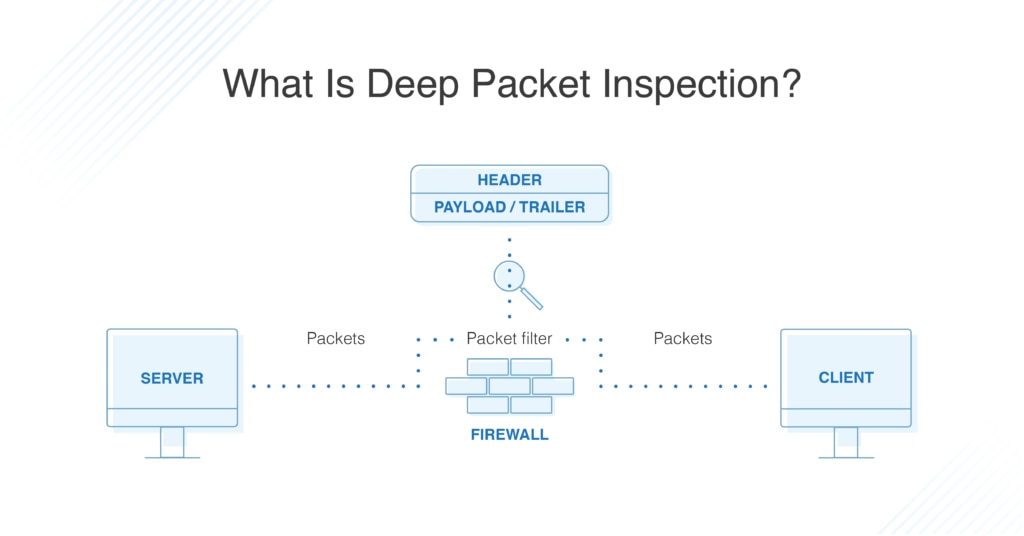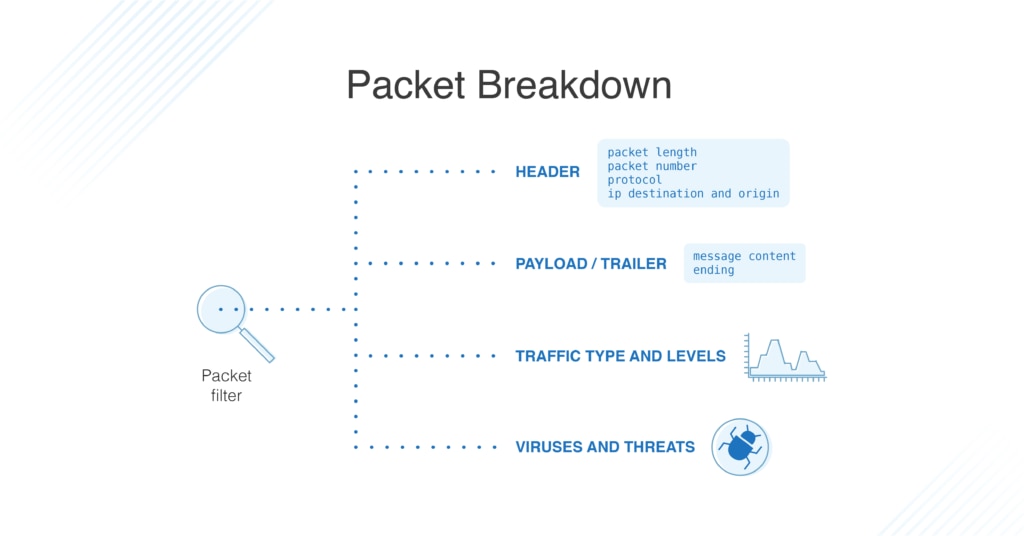Network intelligence might sound a little scary, like an artificial intelligence computer gone rogue, but the reality is less terrifying. As networks get more complex, organizations choose and deploy more complicated network technologies, products, and services. This allows people and businesses to perform more technical, high-power tasks, but it can also potentially open networks to threats. To combat that risk, admins leverage network intelligence.
Network intelligence is a kind of monitoring that uses a combination of data, algorithms, and special techniques to analyze network information and IP data packets as they travel through a network in real-time. Using network intelligence tools can help your company improve its services and ensure your networks are secure.
How Does Network Intelligence Work?
Generally, network intelligence operates through deep packet inspection, which entails analyzing the data packets passing through the network and using the information to understand network performance. This process analyzes packet paths and traffic levels to quickly deliver insights on interactions between users, applications, internet protocols, and other aspects of the network. When the information is put together, it can reveal relationships and serve as “intelligence” about the network. The analysis of these data packets includes checking whether the data is in the correct, expected format, whether there’s any malicious code or unexpected data in each packet, and whether there are any unusual spikes or changes in traffic.

What’s the Purpose of Network Intelligence?
There are several simultaneous purposes of network intelligence, one of which is to make businesses more efficient by collecting data on consumer behavior or market analysis. For example, a business can use network intelligence to see how their customers or users engage with their service or product, segment customers into different groups for A/B testing or target particular customers for specialized services.

It’s also vital for how businesses provide their services to customers, as a business can use network intelligence to examine their own internal network to ensure they’re working in the most efficient way possible. Network intelligence can be used as a tool to capture information from a network to feed into other processes, such as bandwidth management or traffic shaping. This allows the business network to be optimized and prevent unnecessary delays caused by network slowdowns.
Next, network intelligence is also useful for network security reasons. Network intelligence tools collect information about who’s accessing a network, the method they used, the time of access, and the location (in terms of both IP and geography). If an attacker accesses a network, network intelligence tools can flag this unusual behavior to a network administrator, who can then take steps to prevent the network from being infiltrated or damaged.
Furthermore, as businesses increasingly use cloud-based applications and storage, having clear baseline measurements for how the network performs is important for preventing third-party data leaks or issues. Network intelligence can provide real-time awareness of how a network is performing, with alerts and a clear data trail if a cybersecurity issue occurs.
How to Use Network Intelligence Software
The process of gathering network intelligence is generally done with network performance and analysis tool. I recommend SolarWinds® Network Performance Monitor (NPM) if you want effective, light-load packet inspection and analysis to monitor your network. The tool draws on packet metadata to help you understand network traffic type (and risk level). You can understand response time for applications, and easily see whether slowdowns are caused by applications or the network. And it does all that with easy-to-use charts and graphs.
NPM also allows you to set up more precise network alerts, reducing the likelihood of unnecessary alerts. The NPM also allows you to set up alerts to appear only during specific hours, such as between 8 a.m. and 6 p.m. on weekdays. Alternatively, high-priority or critical alerts can be set to appear at any time, with all relevant information included in the alert, so you can troubleshoot your network quickly when it counts.
Network intelligence is a useful and important technology for businesses to improve their services and ensure good security processes are in place. Network intelligence tools can help ensure appropriate alerts are set up to flag any issues and your business quality of service continues to improve.
Recommended Reading:
What is a Data Breach? Ultimate Guide to Cybersecurity Breaches: If you’re interested in network intelligence from a security perspective, check out my guide on data breaches and how to prevent and troubleshoot them.
Best Network Monitoring Software: For some more details on SolarWinds NPM, as well as some other network monitoring software options, you can read my reviews here.


